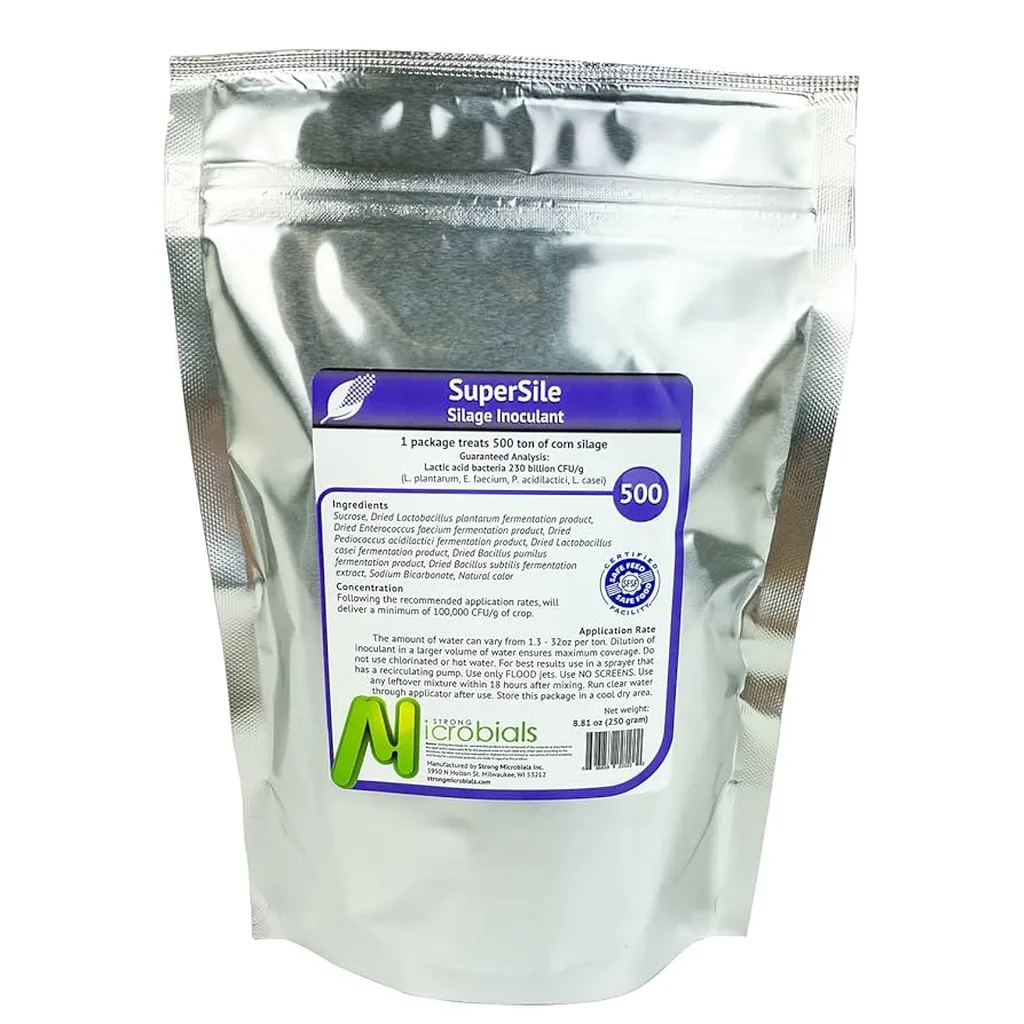In the heart of Shandong Province, China, researchers are unlocking the secrets of an age-old process that could revolutionize the way we think about animal feed and bioenergy. At the Research Institute of Donkey High-Efficiency Breeding and Ecological Feeding, part of Liaocheng University, a team led by Dr. Muhammad Faheem Akhtar is delving into the biochemical properties of lactic acid bacteria (LAB) to enhance silage production. Their work, recently published in *Frontiers in Microbiology* (translated from Chinese as “Microbiology Frontiers”), is shedding light on how these microorganisms can drive more efficient fermentation processes, with significant implications for agriculture and the energy sector.
Silage, a preserved form of forage, is a staple in animal feed and a crucial component in bio-refineries. The process of ensiling triggers a cascade of biochemical transformations, driven by microorganisms like LAB. These bacteria are renowned for their ability to ferment crops and forage biomasses, but recent variations in silage quality have highlighted gaps in our understanding of the molecular mechanisms at play. Dr. Akhtar and his team are addressing this knowledge gap by exploring the genetic and molecular intricacies of LAB, with a focus on developing high-performance strains that can enhance silage quality and nutritional value.
“Our goal is to harness the full potential of lactic acid bacteria to create more efficient and sustainable silage production systems,” Dr. Akhtar explains. “By understanding the genetic and molecular mechanisms of these bacteria, we can develop innovative solutions that benefit both animal feed production and the bioenergy sector.”
The research team is employing cutting-edge biotechnological methods, including metabolomics, proteomics, metagenomics, genomics, transcriptomics, and genetic manipulation. These tools are instrumental in identifying, enhancing, and developing LAB strains that can drive more efficient fermentation processes. The team’s work is not only advancing our scientific understanding of LAB but also paving the way for practical applications in agriculture and bioenergy.
One of the most exciting aspects of this research is its potential to enhance the nutritional value of silage, making it a more attractive feed option for livestock. This could lead to improved animal health and productivity, benefiting farmers and the broader agricultural industry. Moreover, the development of high-performance LAB strains could also enhance the efficiency of bio-refineries, making the production of bioenergy more sustainable and cost-effective.
Dr. Akhtar’s team is also exploring the use of LAB in the production of bio-based chemicals and materials. By leveraging the metabolic capabilities of these bacteria, researchers can develop sustainable alternatives to traditional petroleum-based products. This could open up new avenues for the bioenergy sector, driving innovation and growth in a rapidly evolving market.
As the world grapples with the challenges of climate change and resource depletion, the need for sustainable and efficient agricultural practices has never been greater. Dr. Akhtar’s research offers a glimpse into a future where cutting-edge biotechnology and age-old processes come together to create innovative solutions for the energy sector. By unlocking the secrets of lactic acid bacteria, researchers are paving the way for a more sustainable and prosperous future.

